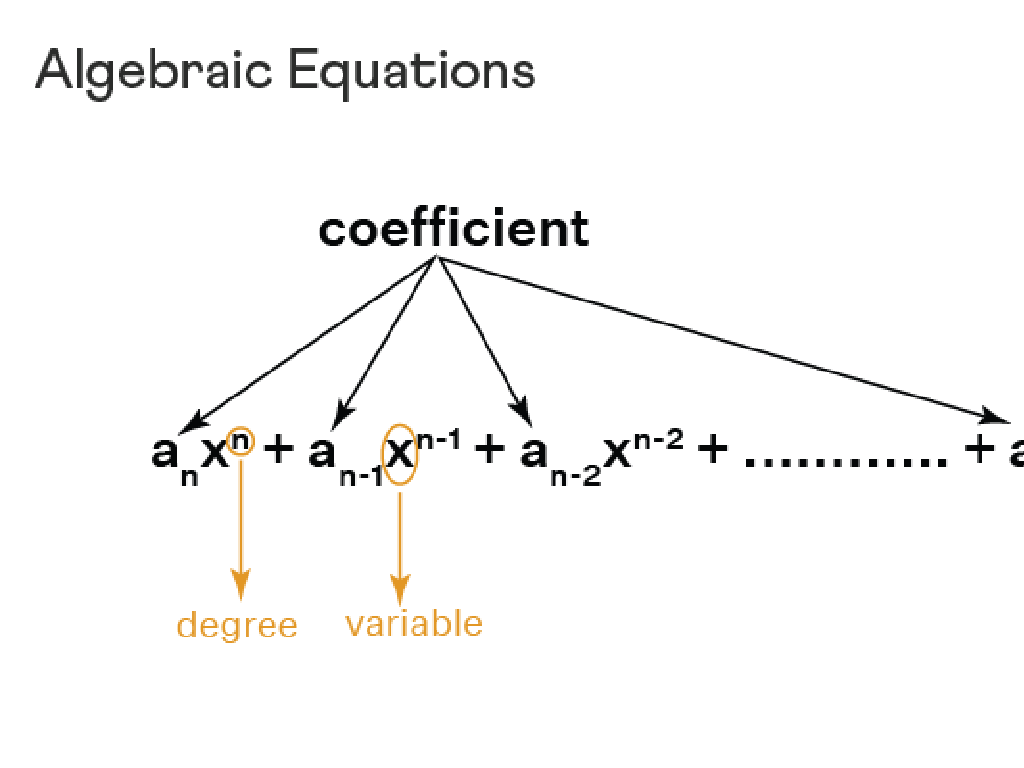Identify Shortage And Surplus With Graphs
Subject: Social studies
Grade: Sixth grade
Topic: Supply And Demand
Please LOG IN to download the presentation. Access is available to registered users only.
View More Content
Understanding Supply and Demand
– Basics of Economics
– Define Supply and Demand
– Supply is how much is available, demand is how much people want.
– Daily Impact of Supply & Demand
– Prices of goods, what’s available in stores, and what jobs are available.
– Graphs: Shortage & Surplus
– Visual tools to show when there’s too much or too little of a product.
|
This slide introduces the fundamental concepts of economics through the lens of supply and demand, which are crucial for understanding market dynamics. Begin by explaining that economics is the study of how people use resources to meet their needs and wants. Then, define supply as the amount of a product or service that is available, and demand as the amount that people are willing to buy. Discuss how supply and demand affect everyday life, such as the cost of items and the availability of goods in stores. Introduce graphs as a way to visualize when there is a shortage (demand exceeds supply) or a surplus (supply exceeds demand) and how this can influence prices and availability. Encourage students to think of examples from their experiences, like a popular toy being sold out during the holidays (shortage) or a store having a sale to clear out excess stock (surplus).
Understanding Supply in Economics
– Define the concept of Supply
– Supply is the total amount of a product available for purchase.
– Explore factors affecting Supply
– Price, production costs, and technology changes can affect Supply.
– Real-world Supply examples
– Seasonal fruits availability or new tech gadgets in stores.
– How Supply impacts markets
|
This slide introduces the concept of Supply as a fundamental element of economics, particularly within the context of supply and demand. Supply is the quantity of a good or service that producers are willing to sell at various prices over a specified period. Factors that can influence Supply include changes in production costs, technological advancements, and the price of the goods. For instance, the availability of seasonal fruits or the latest technology gadgets can serve as relatable examples for students. Discuss how these factors can lead to changes in the amount of a product available in the market, and how this can affect prices and consumer choices. Encourage students to think of other examples of how Supply can change and what factors might cause those changes.
Understanding Demand in Economics
– Define economic demand
– The desire to own something and the ability to pay for it
– Explore factors influencing demand
– Price, income, tastes, and expectations affect demand
– Discuss real-life demand examples
– Seasonal demand for ice cream increases in summer
– Analyze demand with graphs
|
Begin the lesson by defining demand as the willingness and ability of consumers to purchase goods and services at different prices. Highlight how various factors such as price changes, income levels, consumer preferences, and future expectations can influence demand. Use relatable examples, like the increased demand for ice cream during summer months, to illustrate the concept. Introduce graphical representation of demand to visually show how changes in these factors can lead to shifts in the demand curve. This will set the foundation for understanding how markets work and the importance of demand in the economy.
Understanding Market Shortage
– Define market shortage
– When demand exceeds supply, leading to a shortage of products.
– Explore causes of shortage
– Causes can include increased demand, reduced supply, or both.
– Discuss effects on the market
– Shortages can lead to price increases and competition for scarce items.
– Analyze shortage with graphs
– Graphs show the demand curve above the supply curve during a shortage.
|
This slide aims to help students grasp the concept of a market shortage within the framework of supply and demand. Begin by defining a shortage as a situation where the demand for a product exceeds the available supply. Discuss various causes such as natural disasters affecting production, sudden spikes in demand, or artificial scarcity. Explain the effects of a shortage on the market, such as increased prices and potential consumer competition for limited goods. Use graphs to visually represent how a shortage appears, with the demand curve positioned higher than the supply curve, indicating that at the current price, consumers want to buy more than producers are willing to sell. Encourage students to think of real-life examples of shortages they may have experienced or heard about in the news.
Understanding Surplus in Markets
– Define market surplus
– Surplus occurs when supply exceeds demand for a product.
– Explore causes of surplus
– Overproduction, reduced demand, or improvements in technology can lead to surplus.
– Discuss surplus effects
– Surplus can lead to wasted resources and may require storage costs.
– Surplus impact on prices
– Typically, surplus drives prices down as sellers try to sell excess stock.
|
This slide aims to help students grasp the concept of surplus within the context of supply and demand. A surplus in the market happens when there’s more of a product available than what people want to buy. Various factors can cause a surplus, such as when a company produces too much of a product or when a new technology makes production more efficient, leading to an excess in supply. The effects of surplus can be significant; it can lead to waste if the excess products are perishable, or it might increase storage costs for the sellers. Moreover, surplus usually results in lower prices as sellers attempt to clear their stock, which can be beneficial for consumers but may lead to losses for producers. Encourage students to think of examples where they have seen items on sale, which could be due to a surplus of those items.
Reading Supply and Demand Graphs
– How to read graphs
– Find equilibrium points
– Equilibrium: where supply equals demand
– Recognize shifts in supply/demand
– Shifts occur when supply or demand changes
– Impact of shifts on markets
– Shifts can cause shortages or surpluses
|
This slide aims to teach students how to interpret supply and demand graphs, which are fundamental in understanding economic principles. Start by explaining the axes of the graph, where the x-axis typically represents quantity and the y-axis represents price. Equilibrium is the point where the supply curve and demand curve intersect, indicating a balance in the market. Shifts in the curves represent changes in the market; for example, if the demand increases, the demand curve shifts to the right, potentially creating a shortage if supply doesn’t change. Conversely, if the supply increases, the supply curve shifts to the right, potentially creating a surplus if demand doesn’t change. Understanding these concepts will help students analyze market situations and predict the effects of changes in supply and demand.
Shortage and Surplus in Graphs
– Spotting shortage on graphs
– When demand exceeds supply, the graph shows a shortage area.
– Recognizing surplus on graphs
– Surplus occurs where supply surpasses demand, visible on the graph.
– Real-world graph examples
– Look at market graphs to see examples of shortage and surplus.
– Practice with shortage and surplus
– Use sample graphs to identify areas of shortage and surplus.
|
This slide introduces students to the concepts of shortage and surplus within the context of supply and demand graphs. A shortage is identified on a graph when the demand curve is above the supply curve, indicating that consumers want more of a product than is available. Conversely, a surplus is shown when the supply curve is above the demand curve, meaning there is more product available than consumers want to buy. Provide real-world examples, such as popular toys during the holiday season (shortage) or unsold items during a clearance sale (surplus). Encourage students to practice with different graphs to solidify their understanding of how to identify shortage and surplus visually.
Class Activity: Create Your Own Market!
– Split into groups for market scenarios
– Draw a graph showing shortage or surplus
– Use axes to represent quantity and price
– Explain your graph to the class
– Describe what led to the shortage or surplus in your scenario
– Discuss the impact on prices
– How does the imbalance affect what consumers pay?
|
This interactive group activity is designed to help students understand the concepts of shortage and surplus in a market through hands-on learning. Divide the class into small groups and assign each group the task of creating a market scenario that results in either a shortage or a surplus. Provide them with graph paper and markers, and guide them to draw supply and demand curves that illustrate their scenario. Encourage creativity in their market choices, such as a lemonade stand, a toy store during the holiday season, or a farmers’ market. Once the graphs are complete, each group will present their scenario and graph to the class, explaining the factors that led to the shortage or surplus and discussing how it affects prices. As a teacher, prepare to offer feedback and ensure that each group understands the economic principles at play. Possible activities for different groups could include scenarios like a new product launch, seasonal changes in supply, or sudden changes in consumer trends.






